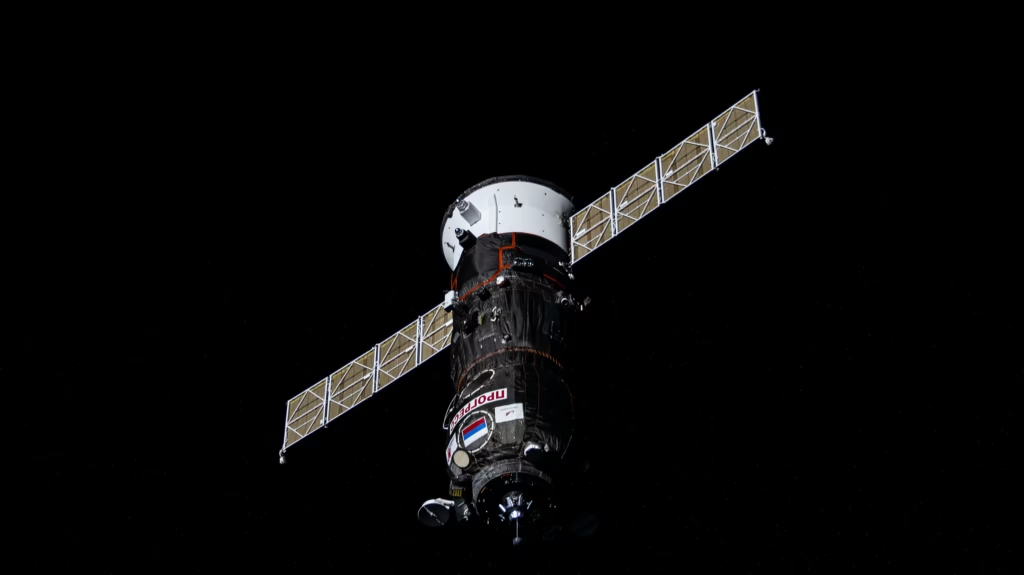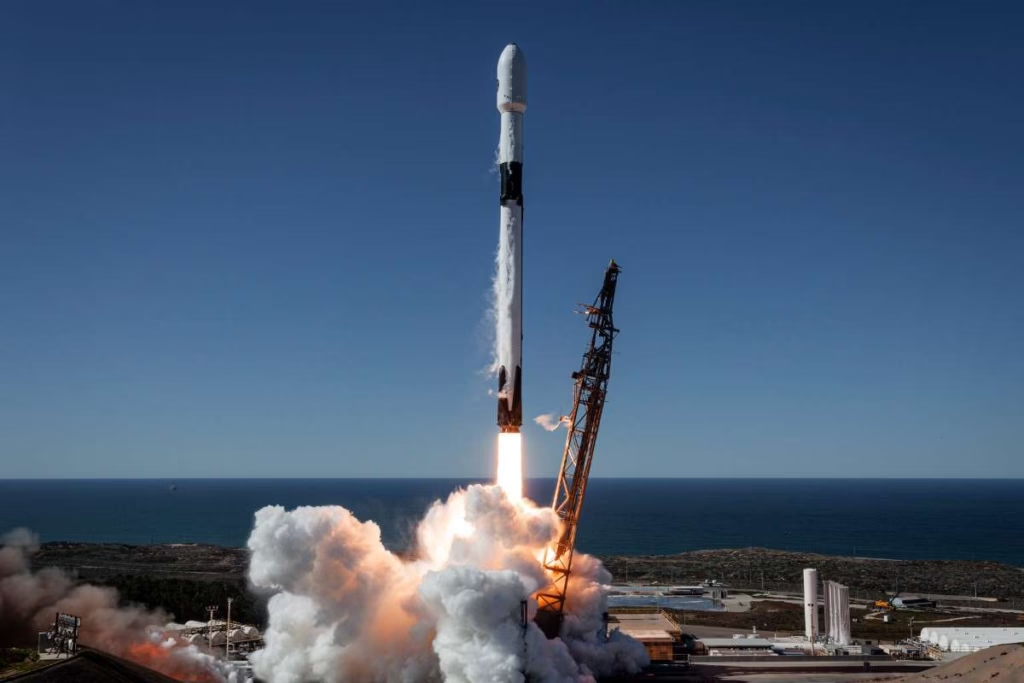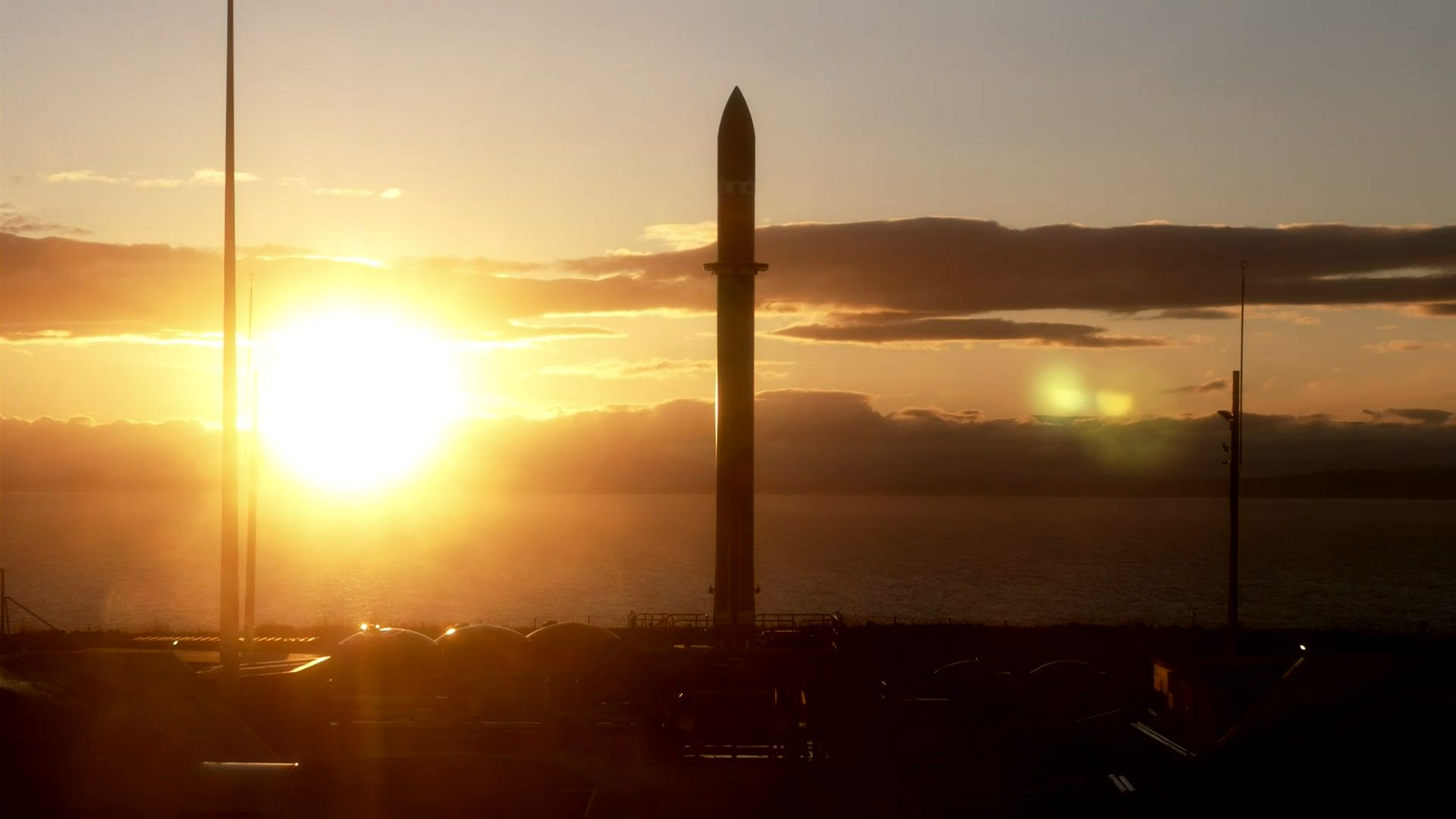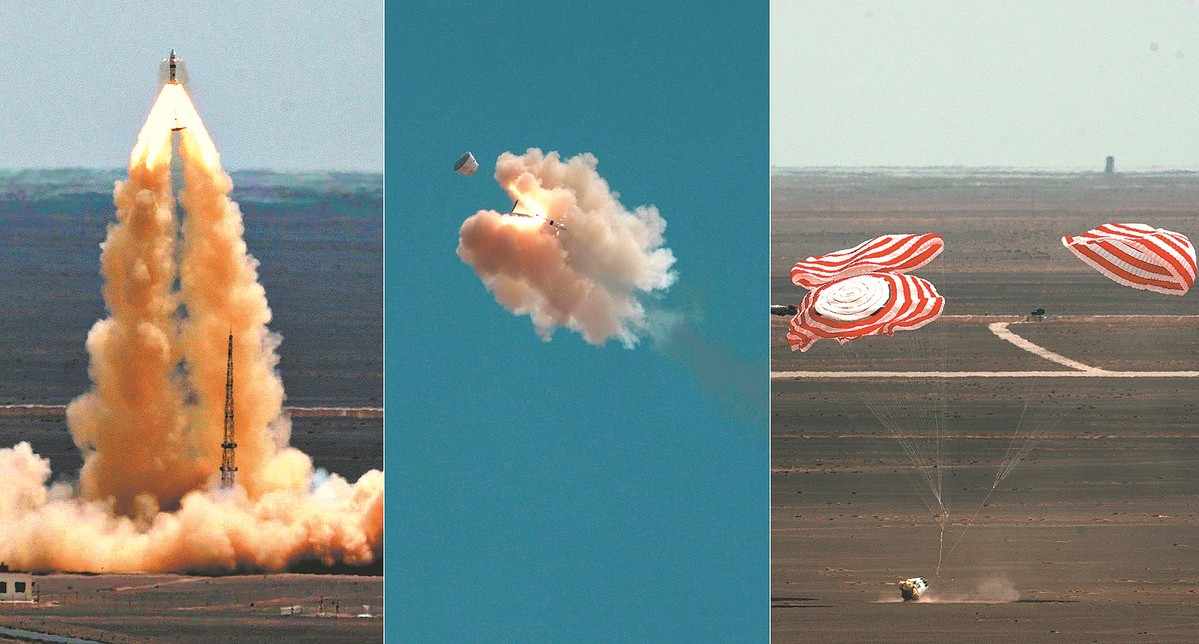Blue Origin New Shepard NS-35 mission will launch 15 NASA-supported payloads and 24 TechRise student experiments, advancing space technology and education. Supported by NASA’s Flight Opportunities program, this suborbital flight will test innovations to aid future Moon and deep space exploration.
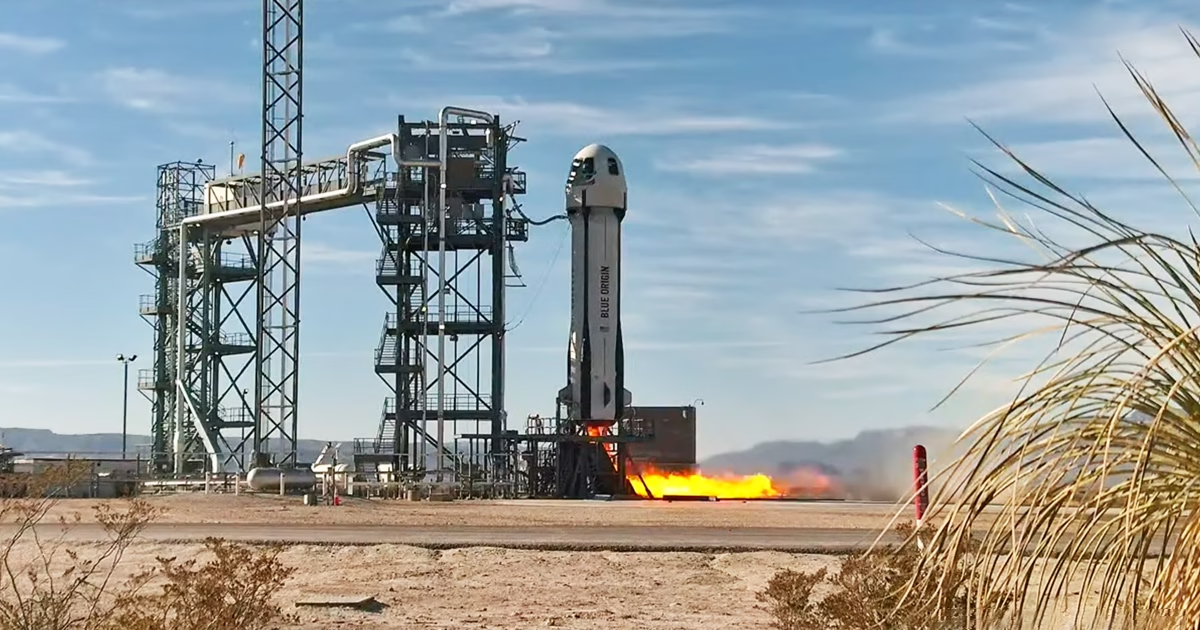
Blue Origin New Shepard NS-35 to Launch 15 NASA-Supported Payloads and 24 TechRise Student Experiments
On August 24, 2025, Blue Origin is set to launch its 35th Blue Origin New Shepard NS-35 from the company’s West Texas launch site. This flight is not carrying tourists but instead will focus entirely on scientific research and educational opportunities. Aboard this mission will be 15 NASA-supported payloads and 24 student-led experiments from the NASA TechRise program, making it one of the most research-packed suborbital flights in New Shepard’s history.
The flight is enabled by NASA’s Flight Opportunities program, which provides access to suborbital platforms like New Shepard to test new technologies, instruments, and science payloads in relevant space environments. This mission represents another significant step forward in advancing the tools and systems that could eventually support human and robotic exploration of the Moon, Mars, and beyond.
A Research-Dedicated New Shepard Flight
Blue Origin New Shepard NS-35 system is designed for reusability and has already flown payloads for universities, research centers, and NASA numerous times. Unlike some of its flights that carry both research and private passengers, NS-35 is fully dedicated to science and education.
The 15 NASA-supported payloads span a wide range of disciplines, from life sciences and fluid dynamics to advanced sensors and spaceflight hardware testing. The 24 TechRise student experiments, meanwhile, give middle and high school students the chance to design, build, and fly experiments aboard a real spacecraft. This dual focus underscores NASA’s commitment not only to advancing science but also to fostering the next generation of innovators.
NASA’s Flight Opportunities Program: Driving Innovation
The Flight Opportunities program is part of NASA’s Space Technology Mission Directorate (STMD). Its goal is to bridge the gap between early-stage development and operational use by giving innovators the chance to fly their technologies in relevant environments.
Many space technologies cannot be fully validated in a laboratory on Earth. They need to experience microgravity, vacuum conditions, and high-G reentry profiles to ensure reliability in space. Suborbital flights like New Shepard provide a cost-effective and frequent testbed for these experiments.
For this mission, Flight Opportunities is supporting payloads that could:
- Enhance life support systems for future astronauts.
- Advance materials science for space construction.
- Improve sensor systems for navigation and planetary exploration.
- Provide insights into biological processes in microgravity.
Each payload is selected not just for scientific merit, but also for its potential to impact future deep-space exploration missions.
TechRise: Inspiring the Next Generation of Space Explorers
The NASA TechRise Student Challenge, managed by NASA in partnership with Future Engineers, is one of the most exciting educational initiatives in spaceflight today. It allows students in grades 6–12 to design their own experiments to fly on suborbital rockets, balloons, or other platforms.
For NS-35, 24 winning student teams will see their experiments fly aboard New Shepard. These range from studies on climate and atmospheric science to biology, material behavior, and engineering systems.
The program does more than provide access to flight—it gives students hands-on experience in STEM design, teamwork, and problem-solving, nurturing the pipeline of future scientists, engineers, and astronauts. The inclusion of these experiments alongside NASA’s research payloads highlights how student innovation can stand alongside professional science.
Why Suborbital Flights Matter: Blue Origin New Shepard NS-35
Some may ask: Why fly on a suborbital rocket like New Shepard instead of sending these payloads directly to the International Space Station (ISS) or future lunar missions?
The answer lies in cost, frequency, and rapid testing. Suborbital flights offer:
- Minutes of microgravity (3–4 minutes), which is enough to test certain scientific and engineering questions.
- Rapid turnaround—payloads can often fly within months of selection, compared to years for orbital missions.
- Lower costs, making access possible for smaller research teams, universities, and even student groups.
- Reusability, with New Shepard able to fly payloads multiple times, offering repeat testing opportunities.
For NASA, suborbital missions are a critical part of its innovation ecosystem, bridging the gap between concept and orbital or deep-space missions.
Spotlight on Some Key NASA Payloads: Blue Origin New Shepard NS-35
While the full manifest includes 15 payloads, a few highlight experiments demonstrate the mission’s importance:
- Advanced Life Support System Testing – Designed to improve air and water recycling methods, critical for long-duration missions to the Moon and Mars.
- Autonomous Navigation Sensors – New systems to help spacecraft navigate in environments without GPS, useful for future lunar and asteroid missions.
- Biological Growth Chambers – Small experiments studying how cells and microbes react to short bursts of microgravity, informing medical research in space.
- Materials Exposure Studies – Examining how novel alloys and composites behave in suborbital conditions, potentially guiding future spacecraft design.
These payloads provide real-world insights that feed directly into Artemis lunar missions, Mars exploration planning, and commercial spaceflight development.
Blue Origin’s Role in Suborbital Science
Blue Origin has positioned New Shepard not just as a tourism vehicle, but as a research platform. With its reusable booster and crew capsule, the system can safely carry both humans and experiments above the Kármán line (100 kilometers).
Each flight provides 3–4 minutes of high-quality microgravity. For researchers, this is invaluable time to gather data that cannot be simulated on Earth.
With NS-35, Blue Origin continues its collaboration with NASA, building on years of partnership under the Flight Opportunities program. This mission demonstrates how public-private partnerships accelerate scientific discovery while keeping costs manageable.
The Broader Context: Moon, Mars, and Beyond
Every New Shepard flight has implications beyond the suborbital regime. The technologies tested on NS-35 could one day support:
- Lunar bases, where sustainable life support and navigation systems are critical.
- Mars expeditions, where new materials and biological research will shape survival strategies.
- Commercial space stations, requiring reliable, low-cost systems for research and habitation.
By supporting both NASA and student experiments, NS-35 symbolizes the continuum of innovation—from grassroots STEM education to cutting-edge space technology.
Educational Impact and Outreach: Blue Origin New Shepard NS-35
Beyond the technical payloads, the flight is also about inspiring the public. When students see their experiments flying on a real space rocket, it sparks a sense of possibility. Teachers, schools, and communities gain visibility, and STEM education receives a tangible boost.
NASA’s emphasis on hands-on learning through TechRise ensures that space exploration is not just something students read about—it’s something they directly contribute to. That sense of ownership may lead many of them into future careers with NASA, private space companies, or academic research.
Blue Origin’s Commitment to Science and Education
While Blue Origin often headlines for its role in space tourism and future plans for orbital rockets like New Glenn, missions like NS-35 demonstrate the company’s serious commitment to scientific research and education.
By dedicating an entire flight to payloads rather than passengers, Blue Origin sends a strong signal that its vision of millions of people living and working in space also includes millions of new discoveries.
Looking Ahead: Blue Origin New Shepard NS-35
After NS-35, New Shepard will continue to alternate between crew flights and research flights. For NASA, the Flight Opportunities program will keep selecting new payloads to fly aboard multiple suborbital providers, including Blue Origin and Virgin Galactic.
Each mission builds momentum toward Artemis lunar exploration, Mars missions, and a vibrant low-Earth orbit economy. Meanwhile, student programs like TechRise will continue to inspire and equip the next generation of space leaders.
https://x.com/NASA_Technology/status/1959009206272467428?t=aQptAYFnS8uOWqQbeEnS6Q&s=19
Conclusion: Blue Origin New Shepard NS-35
The upcoming launch of Blue Origin New Shepard NS-35 is more than just another suborbital flight. It is a showcase of NASA-supported science, student innovation, and the power of partnerships between government, education, and private industry.
With 15 cutting-edge NASA payloads and 24 student-led experiments flying together, the mission highlights how exploration is both a scientific and human endeavor. It reminds us that from classrooms to laboratories to the edge of space, every step we take brings us closer to unlocking the mysteries of the Moon, Mars, and beyond.
FAQs: Blue Origin New Shepard NS-35
Q1. What is the Blue Origin New Shepard NS-35 mission?
The New Shepard NS-35 mission is Blue Origin’s 35th suborbital flight, dedicated to carrying NASA-supported science payloads and student experiments through the Flight Opportunities and TechRise programs.
Q2. How many payloads are onboard NS-35?
The mission will carry 15 NASA-supported payloads and 24 student-designed experiments, making it one of the most research-focused New Shepard flights to date.
Q3. What is NASA’s Flight Opportunities program?
Flight Opportunities provides researchers and technologists access to suborbital rockets, balloons, and aircraft to test new technologies in relevant space-like environments.
Q4. What is the TechRise program?
TechRise is a NASA student challenge that allows middle and high school students to design experiments for flight aboard suborbital rockets and high-altitude platforms.
Q5. Why are suborbital flights important for research?
Suborbital missions provide minutes of microgravity at lower cost and faster turnaround than orbital missions, making them ideal for early-stage technology and science testing.
Q6. Where is the New Shepard NS-35 launching from?
The mission will launch from Blue Origin’s West Texas facility, near Van Horn.
Q7. How does this mission contribute to future space exploration?
The payloads tested on NS-35 will help develop life support, navigation, materials, and biological systems essential for future missions to the Moon, Mars, and commercial space stations.
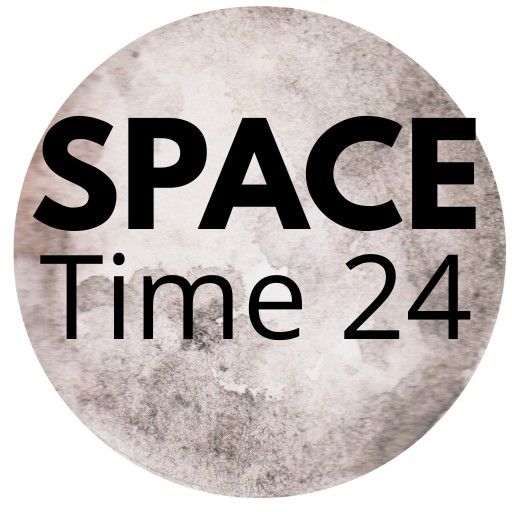
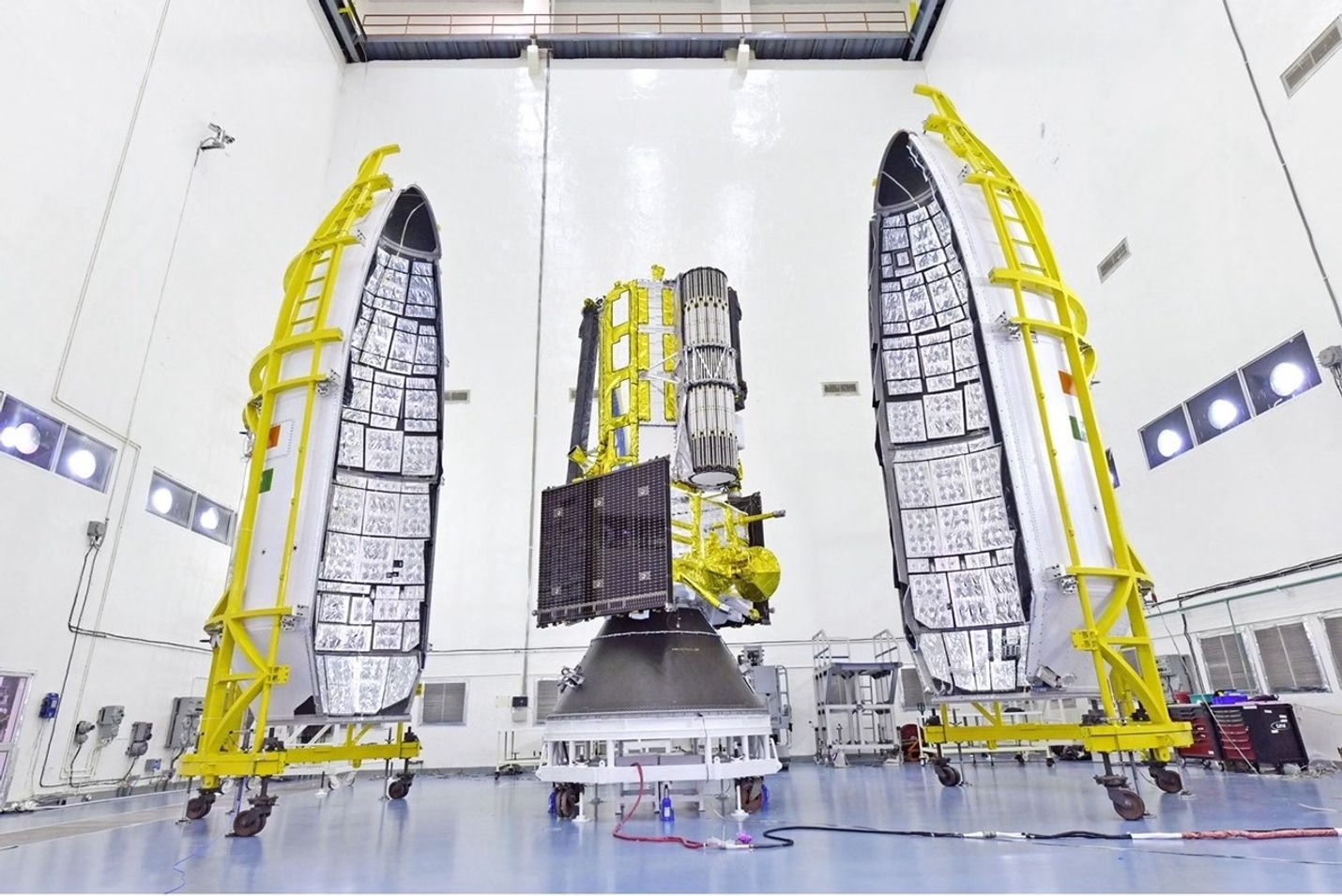
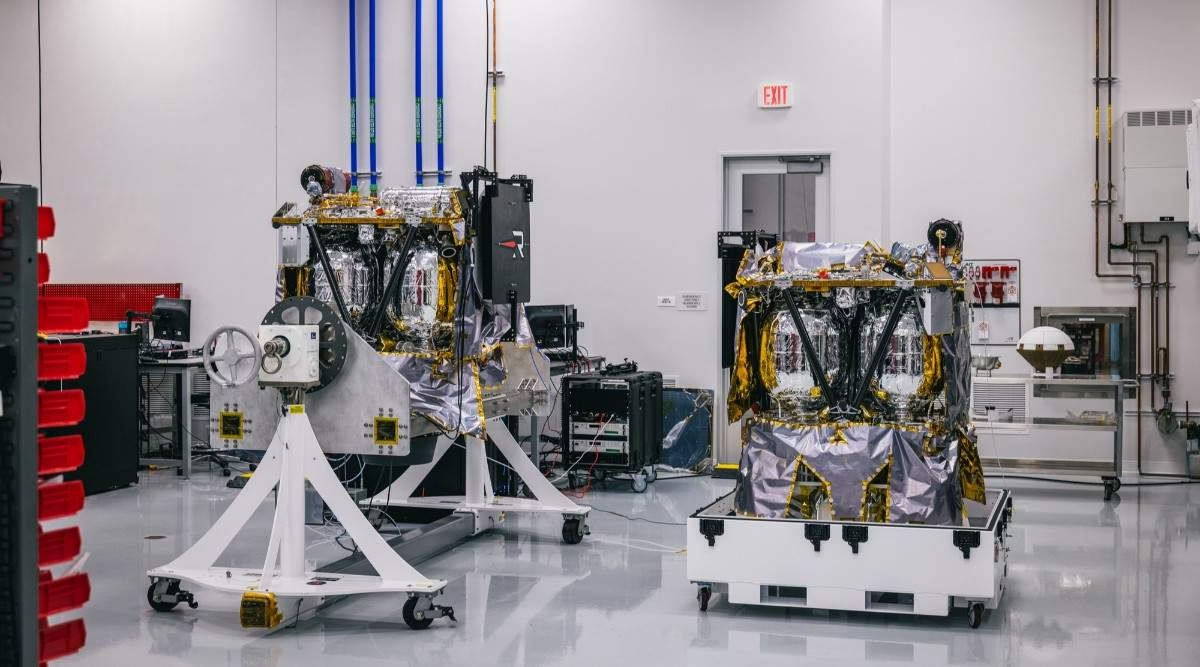
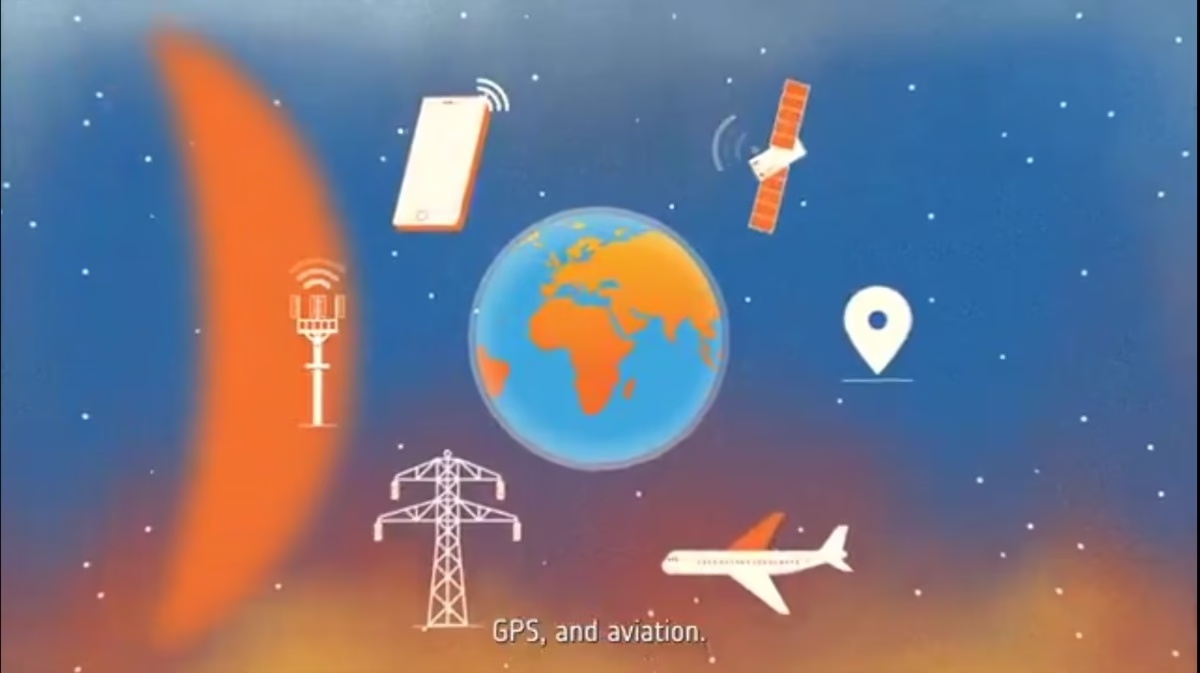 Vigil satellite by ESA will act as an early warning system for solar storms, protecting Earth’s infrastructure from space weather impacts.
Vigil satellite by ESA will act as an early warning system for solar storms, protecting Earth’s infrastructure from space weather impacts.
